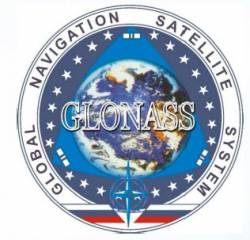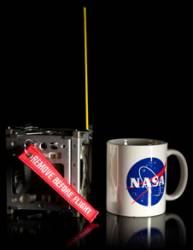_ULA_lo.jpg) Block IIR-20(M) launch from Cape Canaveral. Photo by Carleton Bailie, United Launch Alliance.
Block IIR-20(M) launch from Cape Canaveral. Photo by Carleton Bailie, United Launch Alliance.GPS program managers and users — especially the U.S. civil aviation community — can breathe a sign of relief following the successful launch Tuesday (March 24) of a satellite carrying a demonstration payload of the new L5 signal.
Built by the Lockheed Martin Company, the modernized Block II replenishment spacecraft, GPS IIR-20(M), is moving toward plane B, slot 2 to replace space vehicle number (SVN) 30. If all goes well, U.S. Air Force controllers expect to set the satellite healthy for navigation users worldwide next month.
Among other signals and capabilities, the IIR-20(M) will be the first to transmit the new GPS civil signal centered on 1176.45MHz (±12 MHz) within the protected aeronautical radionavigation service (ARNS) band. This so-called L5 signal will provide a second safety-of-life signal that meets the technical requirements for enabling aircraft to make precision landings in high multipath environments.
GPS program managers and users — especially the U.S. civil aviation community — can breathe a sign of relief following the successful launch Tuesday (March 24) of a satellite carrying a demonstration payload of the new L5 signal.
Built by the Lockheed Martin Company, the modernized Block II replenishment spacecraft, GPS IIR-20(M), is moving toward plane B, slot 2 to replace space vehicle number (SVN) 30. If all goes well, U.S. Air Force controllers expect to set the satellite healthy for navigation users worldwide next month.
Among other signals and capabilities, the IIR-20(M) will be the first to transmit the new GPS civil signal centered on 1176.45MHz (±12 MHz) within the protected aeronautical radionavigation service (ARNS) band. This so-called L5 signal will provide a second safety-of-life signal that meets the technical requirements for enabling aircraft to make precision landings in high multipath environments.
The Air Force faces an August 26 International Telecommunications Union (ITU) deadline for transmitting a signal on L5 in order to gain priority access to that frequency for GPS. Although the program is not completely out of the woods — the satellite still needs to reach it orbital location and begin broadcasts — the prospects look good at this point.
Delays in development of the GPS Block IIF satellites, which include the L5 signal capability as part of their basic design, led the Air Force to contract for the development of a demonstration payload that could be sent up earlier in order to meet the ITU deadline. That plan was threatened when a faulty 40-second timer on the third booster stage was discovered on the IIR-20(M) and IIR-21(M) satellites in June 2008, preventing launch of the spacecraft until the component could be replaced.
The IIR-M satellite, carried aboard a United Launch Alliance Delta II rocket, lifted off at 4:34 a.m. (EDT) from Space Launch Complex 17A at Cape Canaveral Air Force Station, Florida.
The Air Force expects to launch its last GPS IIR-M satellite in August. This next mission will also be the last Air Force Delta II mission as the program transitions all its launch services to the Evolved Expendable Launch Vehicle (EELV).
According to the United Launch Alliance, one third of the 140 successful Delta II launches have been dedicated to GPS satellites. The very first Delta II launch on Feb. 14, 1989, was the the first GPS Block IIA spacecraft.





